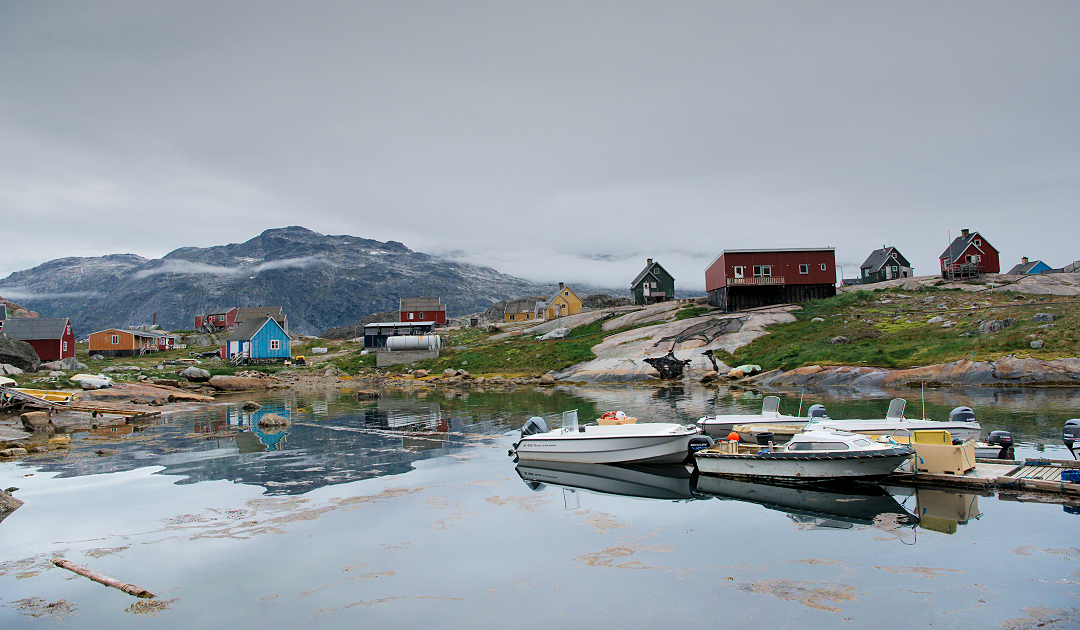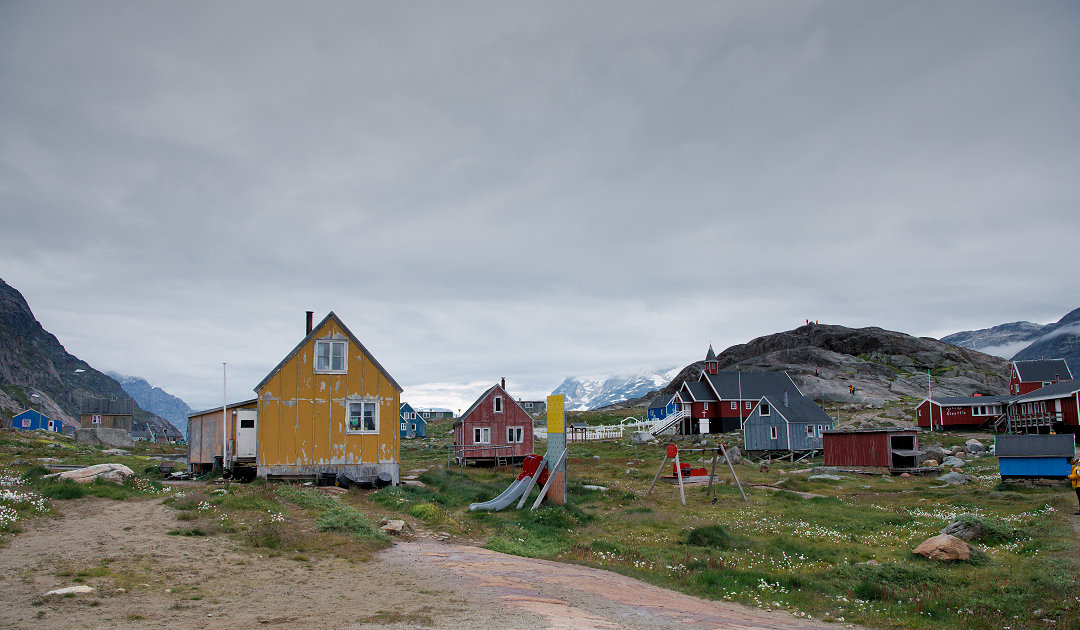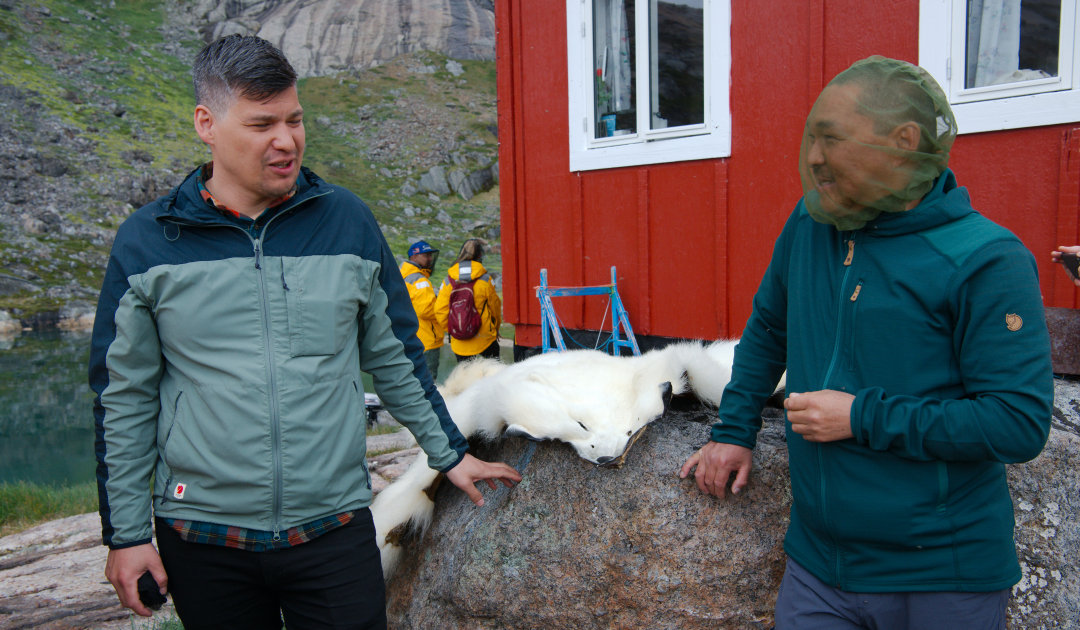The South of Greenland is visited by cruise ships from time to time. But most of them just sail through the picturesque Prins Christian Sound and stop at some ruins from the Viking Age. The small villages that lie in the fjords and along the coasts are rarely visited, and if so, then only briefly and with little involvement of the local population. The fifth day and a visit to Aappilatoq shows very clearly that things can be different.

A few days before I started this voyage to the South of Greenland, a news report in the Greenlandic newspaper Sermitsiaq caught my attention. It said that tourism associations in South Greenland had asked the government in Nuuk for help in developing tourism. Their statement was that foreign companies, with their greater financial resources, were outspending local operators. However, they wanted to promote tourism here and show that it is worthwhile to offer tourism activities in the South. In addition, the representative of the South Greenlandic tour operators explained in the article that they wanted to see the local stakeholders and the individual communities more and better involved in the tourism activities of the foreign operators. That this is indeed possible is shown during our visit to the small village of Aappilatoq, which lies in the middle of Prins Christian Sound. The colorful wooden houses typical for Greenland nestle relatively close to a mountain flank and are somewhat hidden behind high rocks on a headland. The location has a great advantage, namely a naturally protected harbor where some small fishing boats are moored at the wooden pier and where we are warmly welcomed by some children and adults. Because Aappilattoq wants to present itself and not be stared at.

Fishing is the village’s main source of income, as it is almost everywhere in Greenland. The deep fjords provide good halibut and cod. In addition, there is hunting and some work for the administration. A small supermarket, a church, a school, a community center complete the building infrastructure. Electricity is provided by a generator and fresh water comes from the streams that fall from the steep cliffs next to the village. There are no roads, only paths for the few quads and mountain bikes. The houses are typically built on wooden or cement foundations, and many of the pipes go along the ground, which are rocks or patches of vegetation. Everything is like it is in other small Greenlandic towns. And yet something is different: people do not watch us, but come up to us, greet us, smile and are happy about our presence.




And everything has been opened up for us, wanting to show us how people live here and what makes this small village special. There is, for example, hunter Timeon, who with the help of an interpreter tells us about his life, his hunting successes and life in general in Aappilattoq, standing proudly next to a polar bear shot by his son. Or the church choir, which inspires those present with songs about people and life for almost an hour in front of a practically full house. And hardly a person (including myself) who was not deeply moved during the performance of “Amazing Grace” in Greenlandic; or the traditional kaffemik, where very tasty pieces of cake encouraged most to have a second breakfast. Aappilattoq also wanted to show its skills in sports, as they had just become regional football champions. The very fair but intensively played match against the team “Ultramarine” ended 5:2 for the guests. The three-hour visit was crowned by a rock concert of a band from nearby Nanortalik. The four guys rocked so hard that even the oldest residents danced and sang along – open air feeling in Greenlandic. All of this, however, became a very personal and warm experience, especially because of the joy in the faces of the residents. We did not feel like strangers or tourists on a sightseeing tour, but like visiting friends. Because Aappilattoq had implemented his wishes here and not ours. A procedure that hopefully will set a precedent. This is how tourism works!
Dr. Michael Wenger, PolarJournal
More on the topic:





